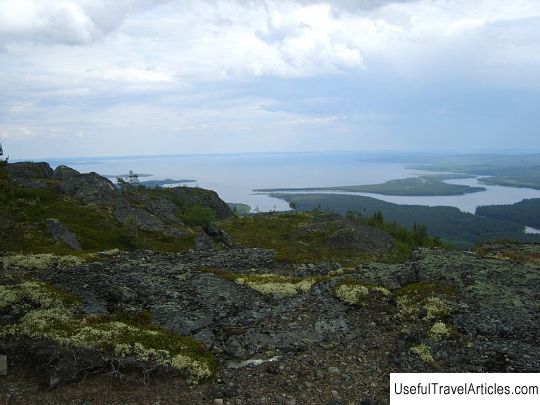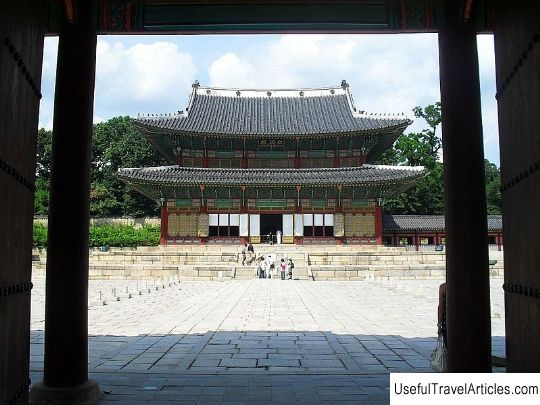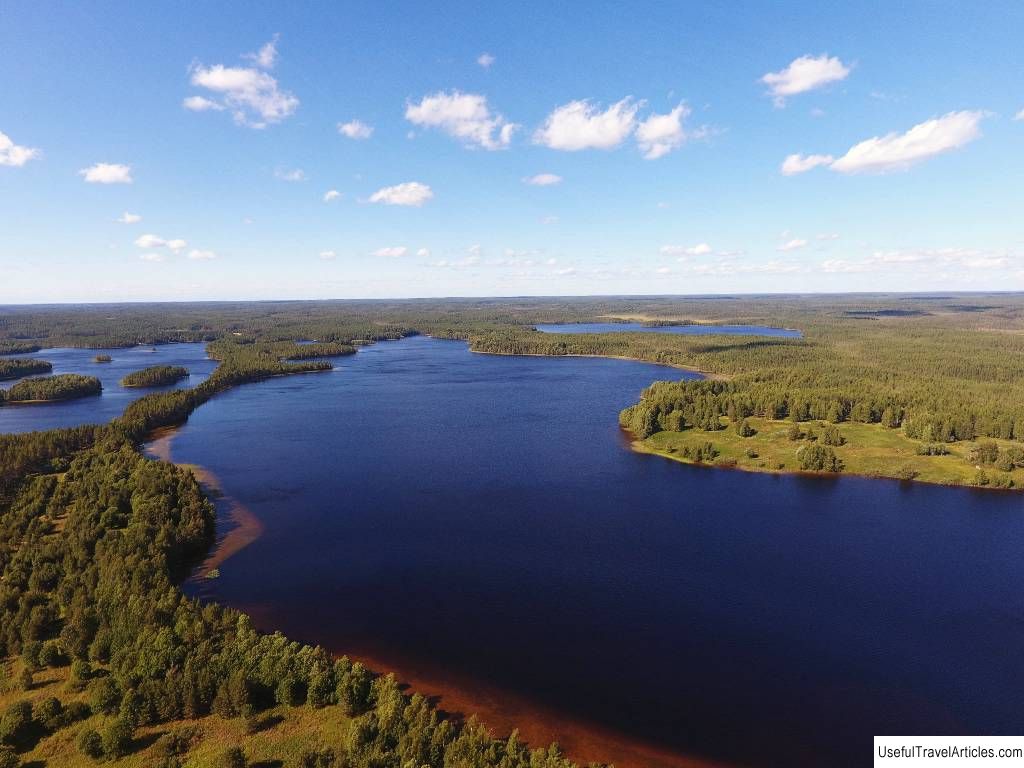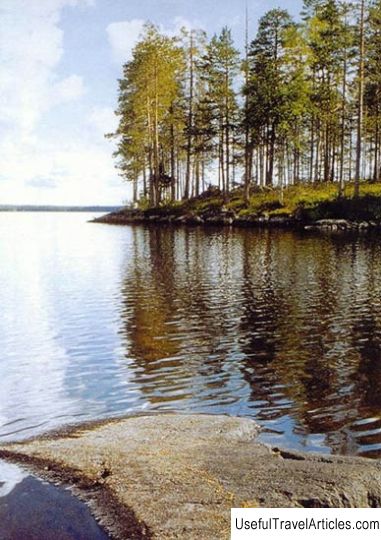Paanajarvi National Park description and photos - Russia - Karelia: Louhsky District
Rating: 8,2/10 (1673 votes) 
Paanajarvi National Park description and photos - Russia - Karelia: Louhsky District. Detailed information about the attraction. Description, photos and a map showing the nearest significant objects. Photo and description"Paanajarvi" is a national park, which was established by the decree of the Government of Russia dated May 20, 1992 in order to preserve the unique natural complexes of the Olanga River basin and Lake Paanajarvi, which allowed use it for reactionary, environmental, scientific and educational purposes. The park is subordinate to the special Forest Protection Committee of the Karelian Republic. The national park is located near the Arctic Circle, namely in the northwestern part of Karelia, in the Loukhsky region. The western borders of the park coincide with the border of the Russian Federation and Finland. On the territory where the border with Finland is located, the Oulanka National Park adjoins the national park. The national park has an area of 103.3 thousand hectares, of which forests occupy 78 thousand hectares, non-forest area is 25.3 hectares, water occupies 10.9 thousand hectares, swamps - 13 thousand hectares, and roads occupy an area of 0.2 thousand hectares. There are no settlements at all. The first people appeared in Paanajarvia 5 or 6 thousand years BC. The earliest population of these places was engaged in hunting, gathering and fishing, as evidenced by various kinds of stone tools and stone dishes that were found on the shores of Pyaozero and Lake Paanajarvi. The post-war period was marked by the opening of a dozen historical sites on Pyaozero, belonging to different eras. As for the climate, in winter the south-west wind prevails in the park, and in the summer - north-east. The basin of Lake Paanajarvi is related to the Maansel agroclimatic subdistrict, characterized by a short period without severe frosts and cold and long winters. The average air temperature is approximately 0 ° C, and the average precipitation is 500-520 mm. The warmest season is July with a temperature of +15 ° C, the coldest one is January and February with a temperature of -13 ° C. The height of the snow cover reaches 70-80 mm. The park area has several mountains, which are among the ten highest in the Karelian Republic. For example, Mount Lunas with a height of 495.4 m, Mount Mantytunturi with a height of 550.1 m. A special attraction of the park is the mountain called Fjeld Nuorunen, reaching 576.7 m, which is considered the highest in Karelia. Another unique feature of this area is the presence of "hanging" bogs found on the mountain slopes. Paanajarvi has 54 monuments and 15 largest geological objects of particular value. There are also objects of world importance, for example, the layered intrusions of the Tsipringa and Kivakka, the Paanayarki gap with Mount Ruskeakalio, the Nuorunensky massif of granite, a small part of the Paanajarvi-Kandalaksha deep fault, as well as the ancient system of unique water-glacial deltas Olanga-Tsipringi. Lake Paanajarvi is considered a unique natural site. This lake is 24 km long and 1.4 km wide. The depth of the lake is 128 m. Lake Paanajarvi is one of the deepest small lakes. The bowl of the lake contains about 1 square km of uniquely clean water, because oxygen saturation at a depth of 60 to 80 m is the highest in the world among all lakes around the world. The lake valley is surrounded by low mountains, which contributes to the creation of a unique and special microclimate. In winter, air masses descend from the mountains into the lake valley; in severe frosty weather, the difference between temperatures can reach 20 ° C. Here, temperatures were recorded that reached temperatures close in value to the temperatures of the pole of the northern hemisphere. Between April and September, the area gets quite warm compared to the surrounding area. It is this kind of peculiarity of the extreme temperatures of the Olangi-Paanajarvi river basin that makes it possible to attribute this area of the park to the most continental place of Fennoscandia. In winter, the daylight hours are very short, and then especially frequent "northern lights" are observed here.        We also recommend reading Teatro Nacional de Sao Carlos description and photos - Portugal: Lisbon Topic: Paanajarvi National Park description and photos - Russia - Karelia: Louhsky District. |




